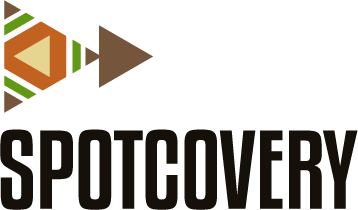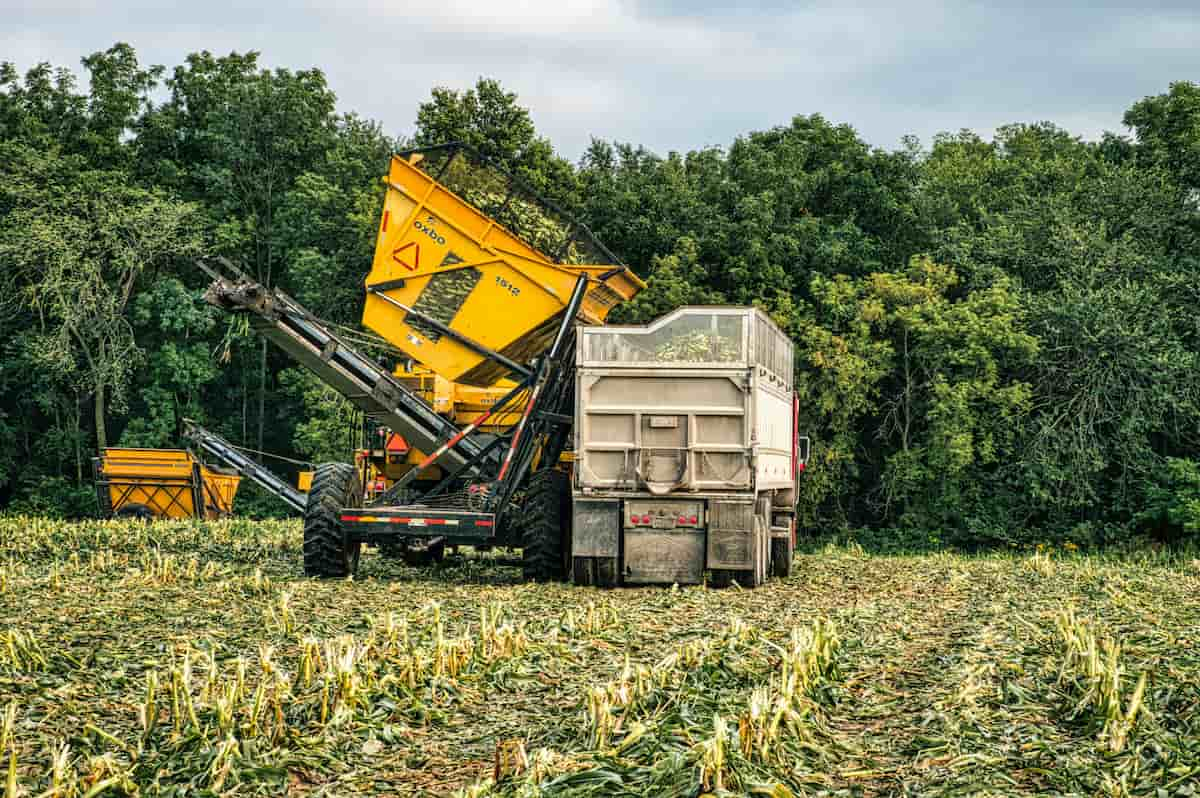Sugarcane is a giant grass that flourishes in South Florida’s abundant rainfall, sunshine, and fertile muck soils. Each stalk has over 70% water, and the rest is fibre and sugar. The crop has between twelve and fifteen months of growing circle. It’s often planted between September and January every year and harvested in late September or April. Continue reading to learn how to make money from sugarcane farming in Florida as an African American entrepreneur.
Join our Spotcovery Global Black Community Facebook Group for early access to exclusive content and to share in a lively discussion.
Become an insider. Subscribe to our newsletter for more top trending stories like this!
Is Sugarcane Farming Profitable?
Since the mid-1990s, sugarcane and sugar beets have accounted for about 45% and 55%, respectively, of domestic sugar production. Besides sugar production, it’s also used for chewing and extraction of juice for beverage purposes.
You can get different byproducts from sugarcane, including bagasse, molasses and filter mud. These byproducts have different applications in several industries.
Basically, the sugarcane farming industry contributes greatly to the socioeconomic development of the United States.
People Also Read: 7 Grants for Black-Owned Businesses You Can Apply for in 2023
How to Start a Profitable Sugarcane Farming in Florida
If you’re thinking of starting a profitable sugarcane farm in Florida, here are the steps you need to follow:
Find a Vacant Land
The first step to getting started is finding and preparing a vacant land. You start by ploughing 2 to 4 times at a depth of 45-60 cm. The reason is that about 75% of the sugarcane root system is present in the soil layer.
A proper soil condition for sugarcane cultivation is one in which there’s a:
- 50% soil practice (5% organic matter + 45% mineral matter)
- 25% water
- 25% air
Planting
You can use four different methods to plant sugarcane. The four methods include:
If you choose the flatbed or the ridge and furrow cultivation method, you’ll need to form it. You can form ridges and furrows manually or with bullock / tractor-drawn ridges. Your choice will depend on your budget.
However, if you’re using the rayungan method, you won’t plant directly on the farmland. You’ll first plant elsewhere and transplant the sprouted sets to the main field after six weeks.
Irrigation
A sugarcane farm needs an optimum water supply according to its soil type, season, and growth stage. On the downside, heavy irrigation can destroy soil waterlogging conditions, soil salt accumulation, and soil structure. It can also cause a waste of water.
On the other hand, the lack of water can cause low yield, stunted growth, and pith formation in cane. So, you want to ensure that you provide the adequate amount needed for your sugarcane farm to flourish.
You should form drainage channels deeper than the irrigation channels around the farm. Having a properly prepared farmland with proper drainage and adding organic matter will help your sugar grow very well.
Become an insider. Subscribe to our newsletter for more top trending stories like this!
People Also Read: What Is the Top Industry for Black-Owned Businesses? Unveiling the Key Sectors
Weed Control and Plant Protection
You need to regularly remove unwanted plants from the farm to enable sugarcane to receive adequate sunlight. Depending on the intensity of the weeds, you can give between two and five hand weeding at 20-day intervals.
One of the easiest ways to get rid of weeds from your sugarcane farm is the application of weedicides. You can easily order weedicides from Amazon using your desktop computer or mobile devices.
Besides weed control, you also need to protect your sugarcane farm from diseases and pests. The common pests that will likely attack your sugarcane farming project are mealy bugs, grasshoppers, top shoot borers, stem borers, perilla, termites, and woolly aphids.
Finally, you have to protect the plant from diseases, such as twisted top, grassy shoot, whip smut, red – rot, and mosaic. You can also find pesticides for your Floride sugarcane farming project on Amazon.
Harvesting
Sugarcane needs to be harvested at the appropriate time. Late or early harvesting can cause reduced quantity and quality of the final product.
You can use machines or a cane-cutting knife to harvest your sugarcane. The tool you choose will depend on the quantity of sugarcane that you’re harvesting.
Marketing and Distribution
After harvesting the sugarcane, the next step is to market, distribute, and sell it. Your target customers will likely be sugar mills. However, you need to read sugarcane marketing regulations within Florida and develop a marketing plan for your business. You can getone or two marketing guides from Amazon to learn how best to promote and market your product.
Starting a sugarcane farming business can be profitable for African Americans in Florida. The good thing is that you can start it on a large or small scale, depending on your budget. Just follow the steps covered here if you would like to profit from the sugarcane market.
People Also Read: 8 Advertising Mistakes That Can Destroy Your Black-Owned Business
Nearly 80% of consumers visit directories with reviews to find a local business. List your business for free in our exclusive Spotcovery Black-Owned Business Directory.
Spotcovery offers unique and fresh daily content on Black culture, lifestyle, and experiences. We talk about everything black, black people, black-owned and black-owned businesses. We also deliver authentic and relevant content that will inform, inspire and empower you! The future of black media is critical to today’s black experience! Our primary audience includes African Americans, Africans, Afro-Caribbean, and people of African heritage. Black culture is for the culture!
Become an insider. Subscribe to our newsletter for more top trending stories like this!





